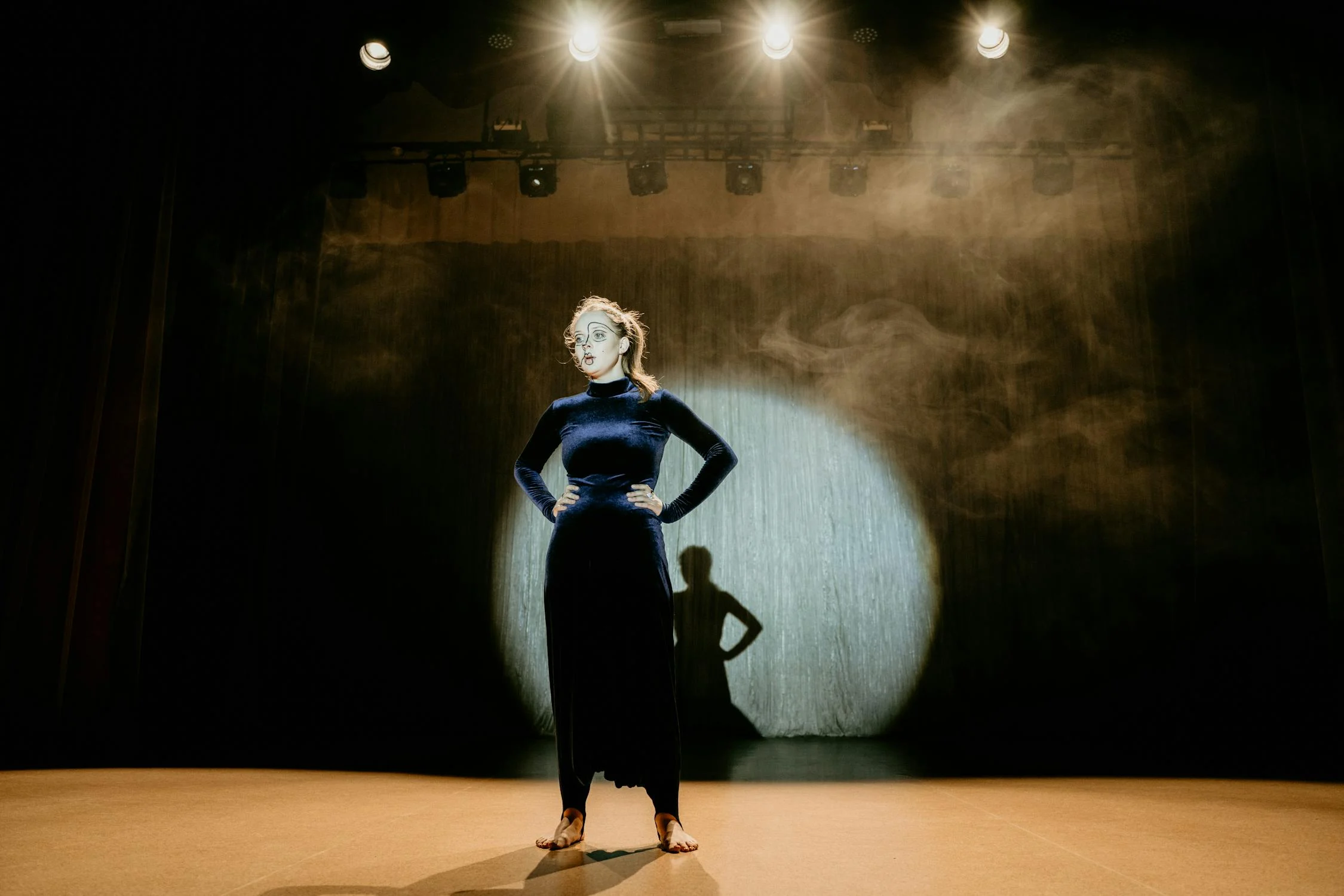What Are Examples of Performing Arts?
(By Tonya Tannenbaum)
 (Photo: Tima Miroshnichenko | Pexels)
(Photo: Tima Miroshnichenko | Pexels)
Performing arts are creative expressions presented through live performance, where artists captivate audiences by combining movement, sound, and storytelling. This art form is diverse, encompassing various disciplines that showcase human creativity, talent, and emotion. Below, we explore some of the most prominent examples of performing arts and their unique characteristics.
1. Theater
Theater is one of the oldest and most recognized forms of performing arts. It involves actors performing scripted or improvised stories on stage, often enhanced by costumes, lighting, and sets. Theater can range from classical works to contemporary plays and musicals.
Examples:
- Drama: Shakespeare’s Romeo and Juliet, Arthur Miller’s Death of a Salesman.
- Musicals: The Phantom of the Opera, Hamilton.
- Improvisation: Comedy shows like Whose Line Is It Anyway?.
2. Dance
Dance uses the body as an instrument of expression, combining movement and rhythm to convey emotions or tell stories. Dance styles vary greatly, from traditional forms to modern interpretations.
Examples:
- Classical Dance: Ballet (The Nutcracker), Kathak, Bharatanatyam.
- Folk Dance: Flamenco, Irish step dancing, African tribal dances.
- Modern and Contemporary Dance: Martha Graham’s works, hip-hop performances.
3. Music
Music is a universal language that resonates across cultures and traditions. It can be performed by individuals, ensembles, or orchestras and spans countless genres and styles.
Examples:
- Classical Music: Performances by symphony orchestras, such as Beethoven’s Symphony No. 9.
- Pop and Rock Music: Live concerts by artists like Beyoncé or Coldplay.
- Jazz: Improvisational performances by artists like Miles Davis or Ella Fitzgerald.
- Cultural Music: Traditional Chinese instrumental performances, mariachi bands.
4. Opera
Opera is a dramatic art form that combines theater and music. Singers perform operatic pieces with powerful vocals, accompanied by orchestras, often in elaborate productions.
Examples:
- La Bohème by Puccini.
- Carmen by Bizet.
- Modern adaptations like The Phantom of the Opera.
5. Circus Arts
Circus arts blend physical skill and performance art to create awe-inspiring acts. These performances often involve feats of strength, balance, and agility, captivating audiences with their daring and creativity.
Examples:
- Acrobatics, aerial silks, and trapeze acts.
- Juggling and unicycling.
- Performances by Cirque du Soleil.
6. Spoken Word and Poetry
Spoken word is a form of literary performance where artists recite poetry or prose, often with dramatic flair. It’s a powerful medium for storytelling and social commentary.
Examples:
- Slam poetry competitions.
- Performances by spoken word artists like Amanda Gorman.
- Storytelling events or one-person shows.
7. Puppetry
Puppetry is an art form where puppets are used to tell stories, combining craftsmanship and performance. It’s popular in both traditional and modern contexts.
Examples:
- Traditional puppet shows like Punch and Judy.
- Modern puppetry in productions like The Lion King on Broadway.
- Shadow puppetry in Southeast Asian traditions.
8. Mime
Mime is a silent form of performing art where actors use gestures, expressions, and body movements to convey a story or emotion.
Examples:
- Performances by Marcel Marceau.
- Street mimes in cities like Paris or New York.
- Comedic mime acts in circuses or festivals.
9. Performance Art
Performance art often blends various disciplines, breaking traditional boundaries. It’s experimental and can incorporate theater, music, dance, and visual elements.
Examples:
- Marina Abramović’s interactive installations.
- Flash mobs combining dance and music.
- Live art performances at contemporary art festivals.
10. Cultural and Folk Performances
Cultural and folk performances preserve traditional art forms and often celebrate the heritage of a community or region.
Examples:
- Japanese Noh and Kabuki theater.
- African drumming and dance ceremonies.
- Native American powwow performances.
The Importance of Performing Arts
Performing arts serve as a vital means of cultural expression and human connection. They entertain, educate, and inspire, offering insight into the human condition while reflecting societal values and traditions.
Whether it’s the precision of a ballet dancer, the emotion of a theater actor, or the rhythm of a live drum performance, the examples above highlight the diversity and richness of the performing arts. Each form plays a unique role in shaping and celebrating the world’s cultural tapestry.
The performing arts encompass a wide variety of disciplines, from the grand stages of opera houses to the intimate spaces of spoken word events. Each performance offers something special—a chance to connect, to reflect, and to be inspired. Whether you enjoy the high-energy acrobatics of a circus or the timeless beauty of a symphony, there’s a performing art for everyone to appreciate.



